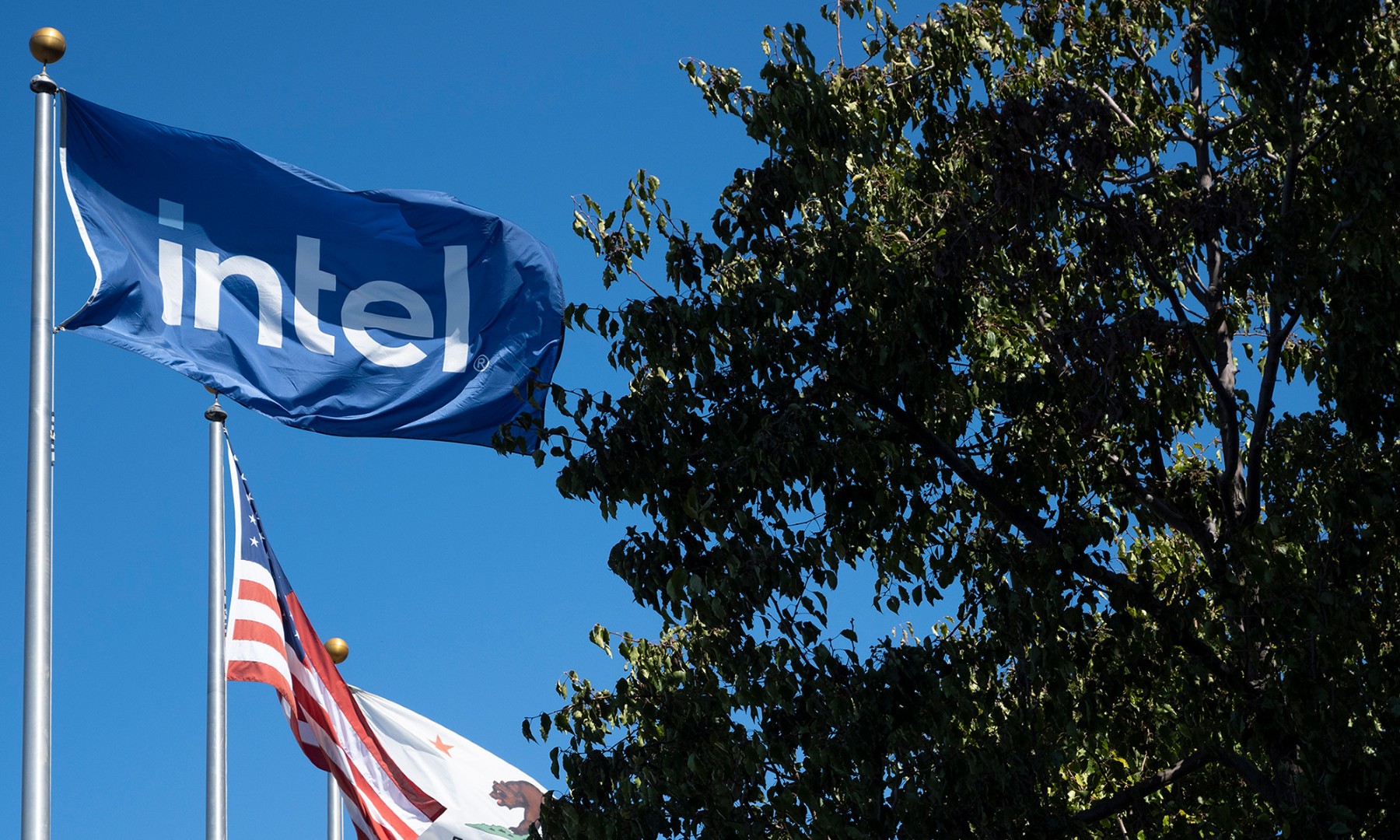Hot off Intel's (INTC +0.64%) launch of its 14-nanometer Broadwell-based, high-end desktop processors, the generally reliable BenchLife.info has leaked some information about when we should expect the company's future processors to land.
Behold, a product road map
The first interesting part of the leak is the following product road map:

Image source: BenchLife.info.
There's a lot to digest in here, so I'll break it down by segment.
High-end desktop
The first thing worth noting is that Intel is planning to release an update to its high-end desktop processor family during the second quarter of 2017 known as Skylake-X. It took Intel a year and a half to go from Haswell-E to Broadwell-E in this segment, so it's good to see the chip giant tightening the product release cadence to a year.
What's more interesting, though, is that BenchLife says that Kaby Lake-X will be a multiplier-unlocked (meaning that users can push the chip to higher-than-rated speeds) quad-core enthusiast part. Intel had previously lumped these unlocked chips in with the traditional S-processor family, but it seems that beginning with Kaby Lake, it will be worthy of placement in a higher product (and likely pricing) tier.
The notebook market
In this road map, H processor refers to high-performance processors targeted at larger/heavier laptop computers. The road map here suggests that Intel will transition some products (likely quad core with lower-end graphics configurations) to Kaby Lake during the fourth quarter of 2016. Presumably, products with higher performance graphics (i.e., Iris Pro) will arrive at some point during the second quarter.
For lower-power notebooks, using the U processor family, Intel is also apparently planning the rollout of Kaby Lake chips at some time in the third quarter of 2016. The parts with higher-end graphics (i.e., Iris) should arrive at the tail end of 2016 or the very beginning of 2017.
2-in-1 convertible premium tablet
The final tier of processor is the Y processor family. These chips are based on the same basic design as the U processors with smaller on-die graphics. However, Intel typically mounts the chips onto a much more compact package to make them more suitable for very thin and light form factors. They are also power limited to around 5 watts, down significantly from the 15 watts that the traditional U processors consume.
Unsurprisingly, Intel plans a transition from Skylake-Y to Kaby Lake-Y in the third quarter of the year.
A good road map, but Intel can't drop the ball
Over the last several years, Intel's product road maps have been somewhat unpredictable, largely owing to hiccups with its chip manufacturing technologies. The transition from using the same chip manufacturing technology for two products in a row to three products in a row means that the company can be more predictable in its product release plans.
That being said, although its chip manufacturing technology teams now get more time to get next-generation technologies right, the company's product development teams need to be sure to execute.
Furthermore, just because the chip manufacturing technology teams now have more time to get things right doesn't mean that it's now a slam-dunk guarantee that they will have processes ready for when the product teams need to transition to those new technologies. They need to work out the issues that led them to throw the whole tick-tock cadence off in the first place if they are to succeed longer term.






